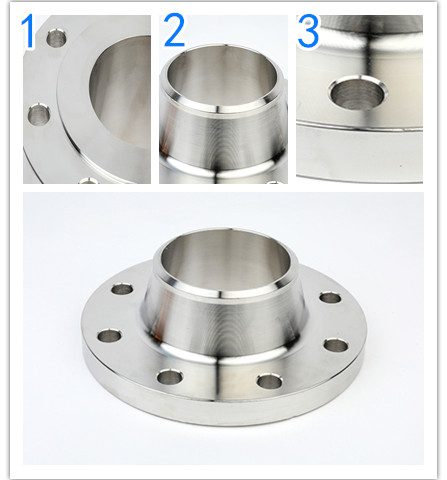
ABTER – Top Quality Steels !
our services
Pipe & Fittings Cutting :
Machining services:
Welding:
Custom Bending Pipe :
Inspection and Documentation
C. Welds including welder and filler material certifications D. Electropolishing or Passivation Certification E. Material Certificates
Threading & Custom Fabrications
Abter Products

Stainless Steel Pipes

Pre-insulated pipes
COMPANY

2PE/3PE Anti-corrosion Coated Pipe

Alloy steel pipes

Carbon & Alloy steel pipe fittings

ABTER STEEL
“Over the past 30 years, Abter steel company has been committed to the piping system industry.“
latest news & events
UNS S32750 stainless steel pipe is a super duplex grade that offers exceptional corrosion resistance, high strength, and durability. Its chemical composition, including elements such as chromium, nickel, and molybdenum, contributes to its unique properties. With a yield strength of ≥ 550 MPa and a tensile strength of ≥ 750 MPa, UNS S32750 stainless steel pipe can withstand high levels of stress and pressure. Its wide range of applications includes oil and gas, chemical processing, and marine industries.
Titanium and titanium alloy pipes, manufactured according to ASTM B861, ASTM B862, and ASTM B338, offer exceptional properties and advantages for various industries. Their corrosion resistance, high strength, lightweight nature, and other unique characteristics make them ideal for applications in aerospace, chemical processing, medical, oil and gas, and many other sectors. By adhering to the specified standards and following proper fabrication and installation procedures, the performance and longevity of titanium and titanium alloy pipes can be maximized.
Hastelloy B-2 is a versatile alloy known for its exceptional corrosion resistance properties in challenging environments, making it a preferred choice for various industrial applications where resistance to reducing environments is crucial.
By adding a high amount of metals such as chromium and molybdenum to the 2507 Material, Duplex 2507 Spectacle Bind Spacer Ring becomes extremely resistant to uniform corrosion or General Corrosion, when exposed to environments that contain organic acids like acetic and acetic formic acid. Further, ANSI B16.5 UNS S32750 Flange exhibits excellent resistance to inorganic acids as well, especially in the presence of media that could contain chlorides. Although the ASTM A182 F53 Pipe Flange can be used in dilute hydrochloric acid, exposure to concentrated hydrochloric acid must be avoided. Due to the low carbon content of Duplex Flange, there is a low risk or minimal risk of the occurrence of carbide precipitation at the grain boundaries during heat treatment.
JIS G3461 Carbon Steel Tubes is used for exchanging heat on the inside and outside of the tube, such as water tubes, smoke tubes, superheater tubes and air preheater tubes of the boiler, and heat exchanger tubes,condenser tubes and catalyser tubes used in chemical and petroleum industries. It is not applicable to the steel tubes for heating furnace and steel heat exchanger tubes for low temperature service. Grade:G3461 STB340 (STB35), G3461 STB410(STB42), G3461 STB510 (STB52) Outer Dimensions: 19.05mm – 168.3mm Wall Thickness:2.0mm – 14 mm Length: max 19000mm
Stainless steel forged butt weld neck flanges are essential components in industrial piping systems. Their strength, durability, and leak-proof design make them suitable for a wide range of applications in various industries. By understanding their features, specifications, and applications, you can make informed decisions when selecting and installing these flanges. Remember to consult industry standards and guidelines for proper installation and maintenance procedures. With the right knowledge and expertise, you can ensure the integrity and efficiency of your piping system with stainless steel forged butt weld neck flanges.












